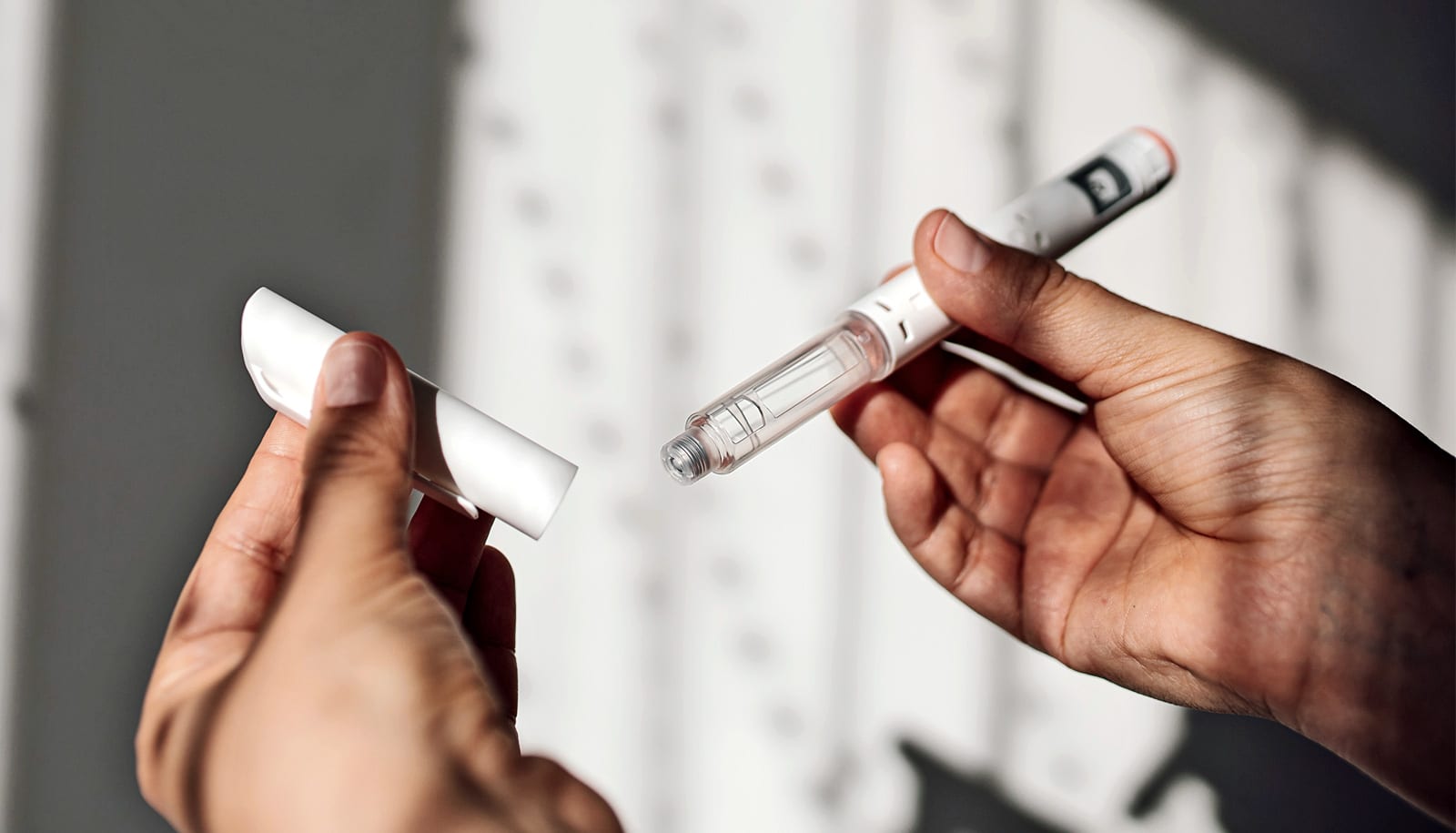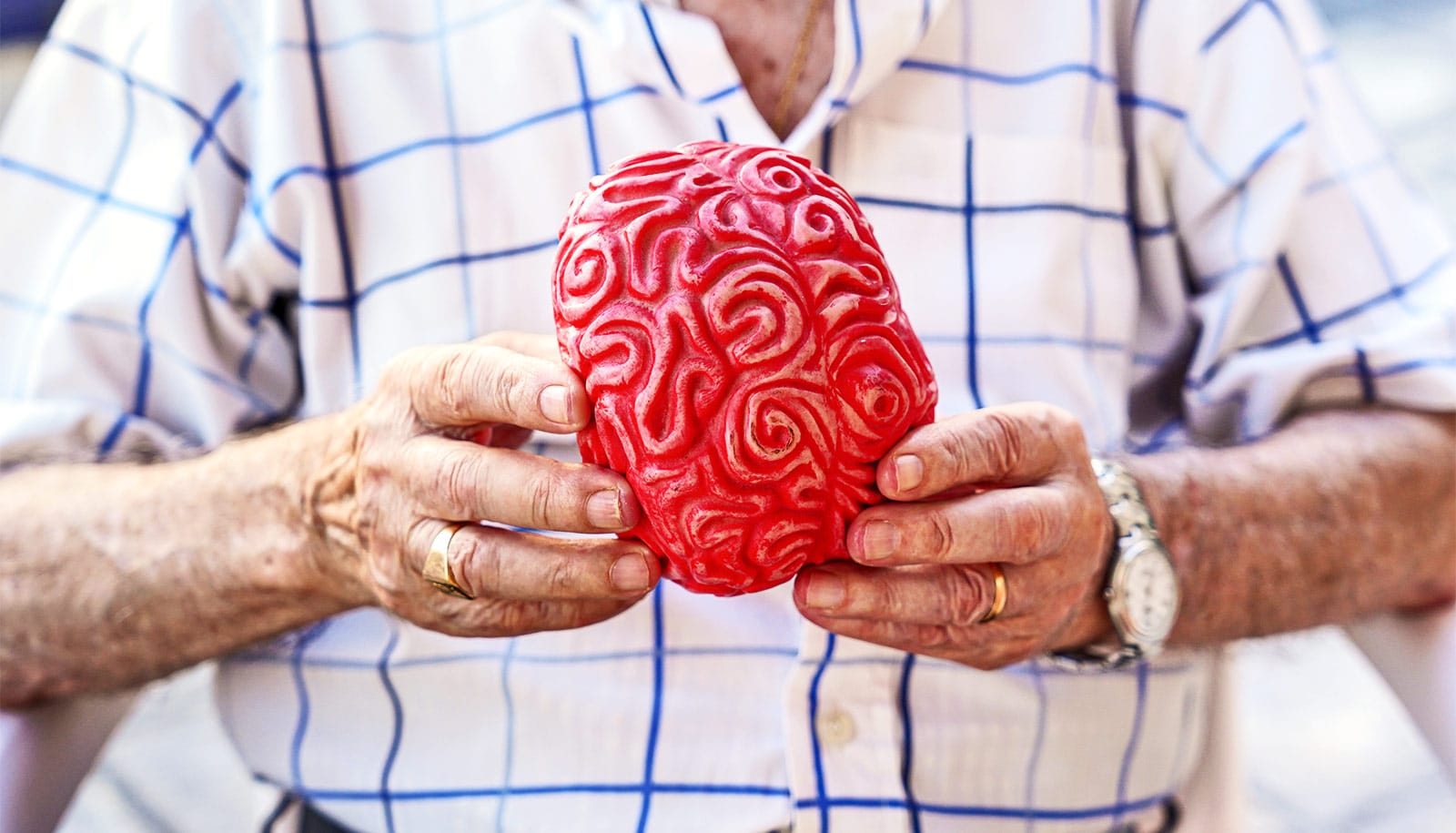ADHD drugs don’t improve cognition of college students who don’t have the condition, a small pilot study suggests. Not only that, but taking them could actually impair functioning, say researchers, who anticipated a different result.
“We hypothesized that Adderall would enhance cognition in the healthy students, but instead, the medication did not improve reading comprehension or fluency, and it impaired working memory,” says Lisa Weyandt, a professor of psychology and faculty member at the George and Anne Ryan Institute for Neuroscience at the University of Rhode Island.
“Not only are they not benefitting from it academically, but it could be negatively affecting their performance.”
Elevated mood
This first-ever multisite pilot study of the impact of so-called “study drugs” on college students who do not have ADHD comes at a time when use of prescription stimulants such as Adderall, Ritalin, and Vyvanse is common among young adults who believe the drugs will improve their academic performance, researchers say.
Studies by Weyandt and others have estimated that 5 to 35 percent of college students in the United States and European countries without ADHD illegally use these controlled substances, buying or receiving them from peers, friends, or family.
The findings, which appear in the journal Pharmacy, show that the standard 30 mg dose of Adderall did improve attention and focus—a typical result from a stimulant—but that effect failed to translate to better performance on a battery of neurocognitive tasks that measured short-term memory, reading comprehension, and fluency.
Participants in the study also reported their perceived effects of the drug and its impact on their emotions, with students reporting significant elevation of their mood when taking Adderall.
‘Classic effects’
In contrast to the small, mixed effects on cognition, the drug had much larger effects on mood and bodily responses, increasing positive mood, emotional ratings of the drug effect, heart rate, and blood pressure.
“These are classic effects of psychostimulants,” says Tara White, an assistant professor of research in behavioral and social sciences at Brown University’s Center for Alcohol and Addiction Studies.
“The fact that we see these effects on positive emotion and cardiovascular activity, in the same individuals for whom cognitive effects were small or negative in direction, is important. It indicates that the cognitive and the emotional impact of these drugs are separate. How you feel under the drug does not necessarily mean that there is an improvement in cognition; there can be a decrease, as seen here in young adults without ADHD.”
Antipsychotics for ADHD may put kids at risk for diabetes
The physical effects from the drugs, such as increased heart rate and blood pressure, were expected, and underscored the difference with cognition.
“They are subjecting themselves to physiological effects but do not appear to be enhancing their neurocognition,” Weyandt says. She stressed, however, that the findings are based on a pilot study and need to be replicated with a substantially larger sample of college students.
The researchers recruited students from both universities, eliminating individuals who had taken ADHD medications or other drugs. After rigorous health screenings, 13 students participated in two five-hour sessions at White’s lab at Brown and at Memorial Hospital in Pawtucket.
Taking Ritalin to study may change brain chemistry
In the double-blind study, in which neither researchers nor participants know who is receiving the placebo and who is receiving the study medication, each student received Adderall in one session and the placebo in the other. This allowed the researchers to see the effects of the medication vs. placebo in individuals and across the group.
Given the important and unexpected results from the study, Weyandt and White plan to apply for federal funding to continue the research with a larger group of healthy college students.
Grants from the Rhode Island Neuroscience Collaborative, Brown’s Carney Institute for Brain Science, the George and Anne Ryan Institute for Neuroscience, and the Norman Prince Neurosciences Institute at Rhode Island Hospital as well as divisions within the National Institutes of Health and the National Science Foundation funded the work.
Source: Brown University



